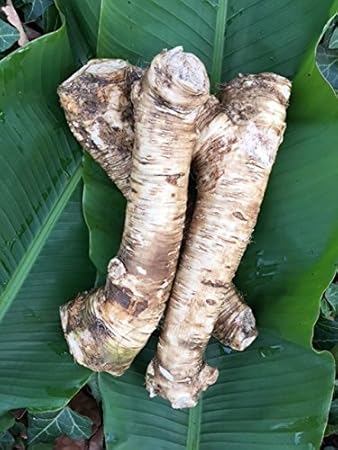Everywhere that I've planted raspberries in the past has been less than ideal. For me, they're one of those plants that get planted/transplanted after everyone else and usually in poor soil. Fortunately, most of the raspberry work in the learning garden has been already done for me. There is still a lot of gravel that has leaked from the other side of the fence and contaminated the soil, so I used my usual tactic here.
 |
| I think these are boysenberry canes, but this is a good example of the visual difference between primocanes and floricanes. It can still be difficult to tell the difference at times with raspberries. |
In fall, first let the raspberry stems go to sleep partway so that you can more easily identify one-year-olds, or primocanes, that will revive next spring and the spent two-year-olds, or floricanes. The primocanes are generally greener and more elastic, with dormant lateral buds. The floricanes are more brown, with more dead lateral branches and no living buds. If you're not sure which is which, you can make a small cut on a bud or the bark to check for sleeping green underneath. The floricanes can generally be twisted off at the base, but may require cutting. The learning garden this year didn't require any thinning, but I have thinned in the past to a few canes per base, about 5" apart.
Once all the dead bits are removed, next you work on the soil. I have always just added any organic matter/soil mixture available to me, sometimes a mixture of soil and store-bought manure, sometimes manure form my chickens, sometimes soil from a patch of 'black earth' in the woods. This year at SMU, it was from the compost pile. I usually use a hand fork to work in the fresh dirt. Some roughness can benefit the roots in the long run if you do it in the fall. This year, however, the soil was so compacted that it was difficult to dig farther than a couple inches. I decided to just add the soil on top. My hope is that the healthier addition will encourage more micro- and macroorganisms that will loosen things up a little.
After the soil amendments, I added straw, spreading it until just after I am unable to see dirt (lawn clippings function similarly). The straw has a few functions. It keeps the soil a little warmer in the winter, protecting new shoots that are waiting for spring. It also smothers weeds and prevents seeds from reaching the soil and establishing themselves. Eventually the straw decomposes and can be worked into the soil as an amendment. I prefer straw over lawn clippings or leaves because it breathes a little better, but what I use typically depends on what is available. A fun bonus of using straw is that sometimes a few wheat grains are mixed in and germinate. I usually let them go to seed so that I can use them as a learning tool when talking to my younger siblings about where our food comes from.
After this, I generally leave raspberries alone until they fruit. There may be other ways of coaxing yields, but this method has worked well for me thus far.
Have a lovely Pacific Northwest day!
















































